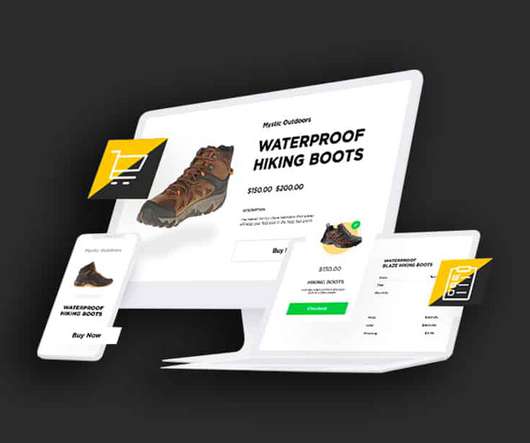How B2B Companies are Preparing For an Economic Downturn
Kibo
SEPTEMBER 30, 2022
In the current economic environment, inflation is the overarching factor affecting all economic actors, from consumers to workers to B2B companies. There will also be indirect effects for B2B companies as falling consumer demand impacts B2B customers, who in turn stop spending as much as they have done in the previous period.
















Let's personalize your content